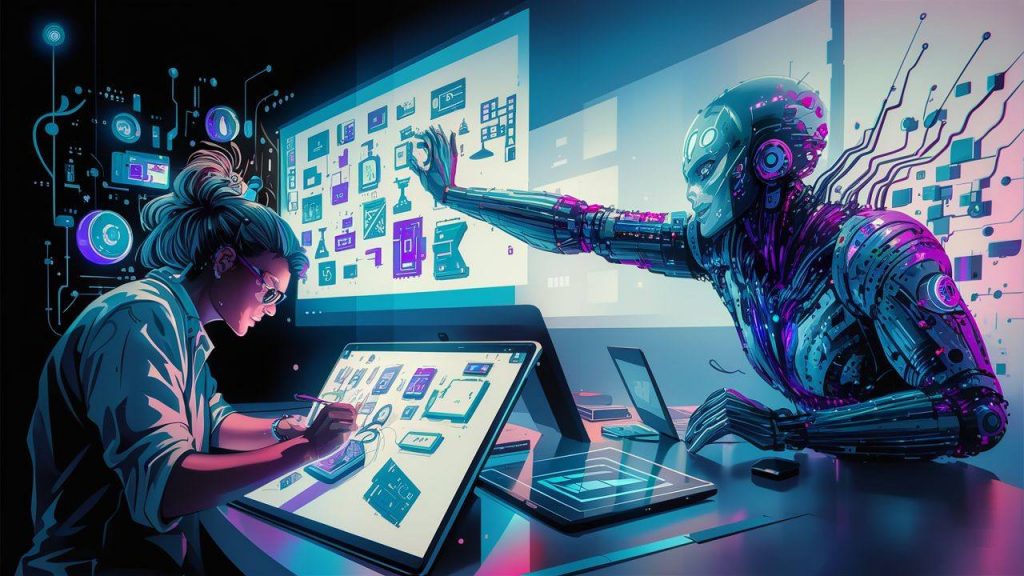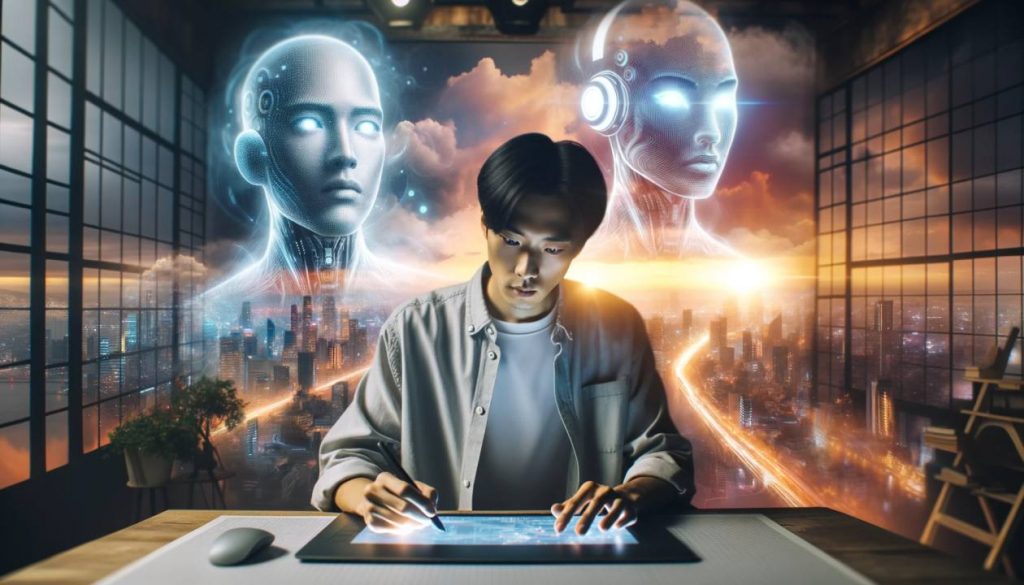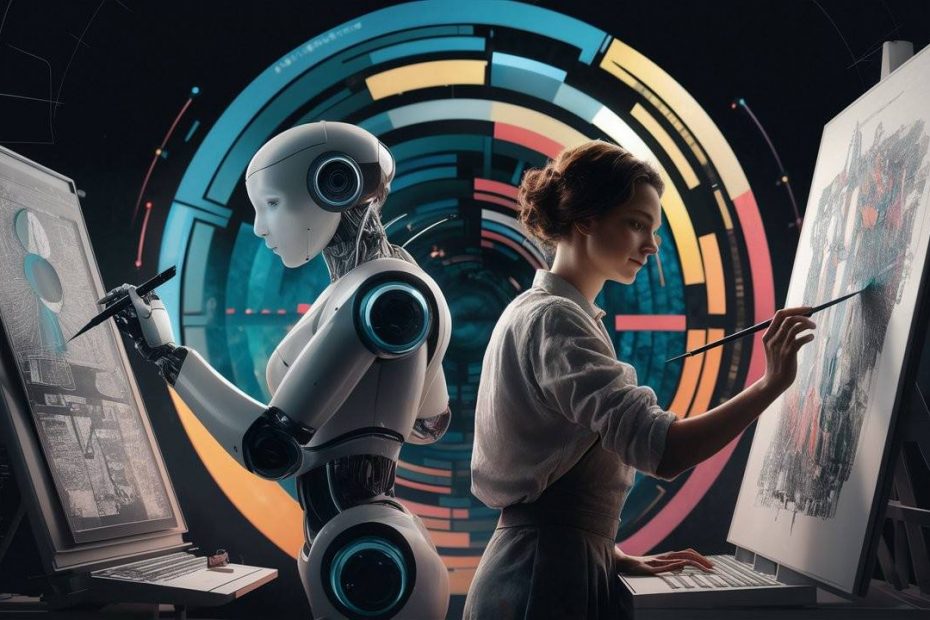The landscape of interior design is rapidly evolving, driven by advancements in technology, particularly artificial intelligence (AI). This innovative approach combines style and functionality, allowing homeowners and designers to create personalized spaces that reflect individual preferences while maximizing efficiency. AI not only enhances the design process but also transforms how we interact with our living environments.

The Role of AI in Interior Design
AI has brought about significant changes in the interior design industry through various applications, redefining traditional practices and enabling more customized solutions. Whether through virtual reality (VR), machine learning, or smart algorithms, AI offers new opportunities to design spaces that are both visually appealing and deeply functional.
Features of AI-Powered Interior Design
1. Personalized Design Solutions:
AI algorithms can analyze user preferences based on inputs such as style, color schemes, and functional needs. This data-driven approach delivers tailored recommendations, empowering users to explore designs that align with their vision.
2. Smart Space Planning:
By utilizing space optimization algorithms, AI tools can suggest the most effective furniture arrangements and layouts. This aids in creating open, inviting spaces that promote comfortable living, while also addressing issues like spatial constraints, particularly in smaller homes.
3. 3D Visualization and Augmented Reality:
AI has enhanced the ability to visualize designs before they are implemented. 3D rendering tools and AR applications allow users to walk through their potential spaces, giving them a clearer understanding of how design elements will interact in real life. This immersive experience fosters more informed decision-making.
4. Selection of Materials and Colors:
AI can analyze current trends across various platforms, providing users with options that are not only stylish but also reflective of the latest design movements. By suggesting color palettes and materials, AI assists users in making choices that elevate their spaces.
5. Integrating Sustainability:
Modern consumers are increasingly eco-conscious; AI enables the selection of sustainable materials and energy-efficient designs. By recommending eco-friendly solutions, AI promotes a harmonious balance between aesthetics and environmental responsibility.
Enhancing Style with AI-Built Designs
Interior design is, at its core, an expression of personal style. AI tools enable users to discover and curate design options that resonate with their unique tastes. Whether a homeowner prefers minimalist Scandinavian aesthetics or vibrant eclectic styles, AI makes it easier to explore and refine design choices. The ability to visualize different styles and combinations empowers users to create truly personalized spaces.
Maximizing Functionality for Everyday Living
While style is essential, functionality remains a critical aspect of interior design. AI technologies excel in enhancing practicality within home environments. For example, AI-driven solutions can recommend multi-functional furniture, such as expandable dining tables or convertible sofas, which provide flexibility in smaller living spaces. Moreover, intelligent space planning ensures that daily activities flow smoothly, reducing clutter and promoting efficiency.
Collaboration Between AI and Human Designers
Rather than replacing the creative touch of human designers, AI acts as a valuable collaborator. Interior designers can utilize AI tools to streamline their workflows, enhance creativity, and refine their design ideas. By analyzing client preferences and generating initial design concepts, AI allows professionals to focus on the more artistic elements of their work, ultimately resulting in fresher, more innovative designs.

Conclusion
AI-powered customization in interior design represents a groundbreaking shift toward personalized, functional, and stylish living spaces. By harnessing the power of artificial intelligence, homeowners and designers alike can create environments that cater to individual tastes while ensuring practicality. As technology continues to advance, we can expect even greater innovation in how we approach interior design, leading to spaces that are not only visually stunning but also uniquely suited to our lifestyles. In an age where personalization is paramount, embracing AI in interior design is not just a trend—it’s a transformative journey toward realizing our ideal living spaces.




